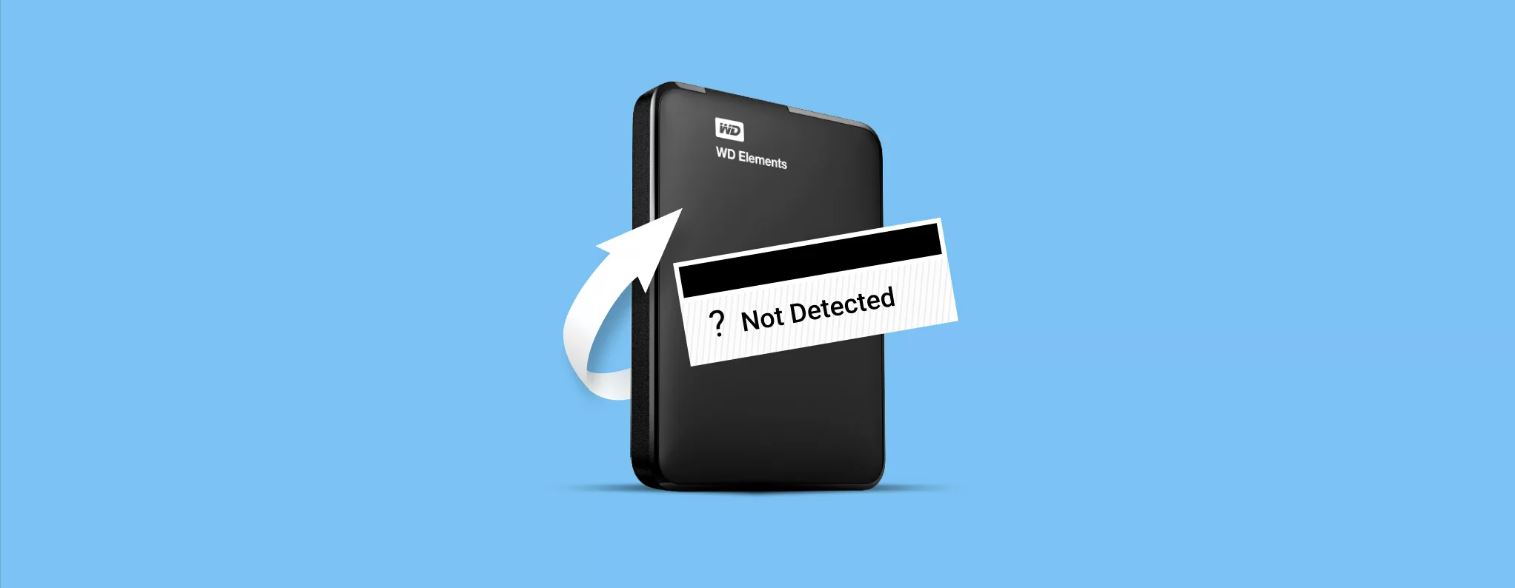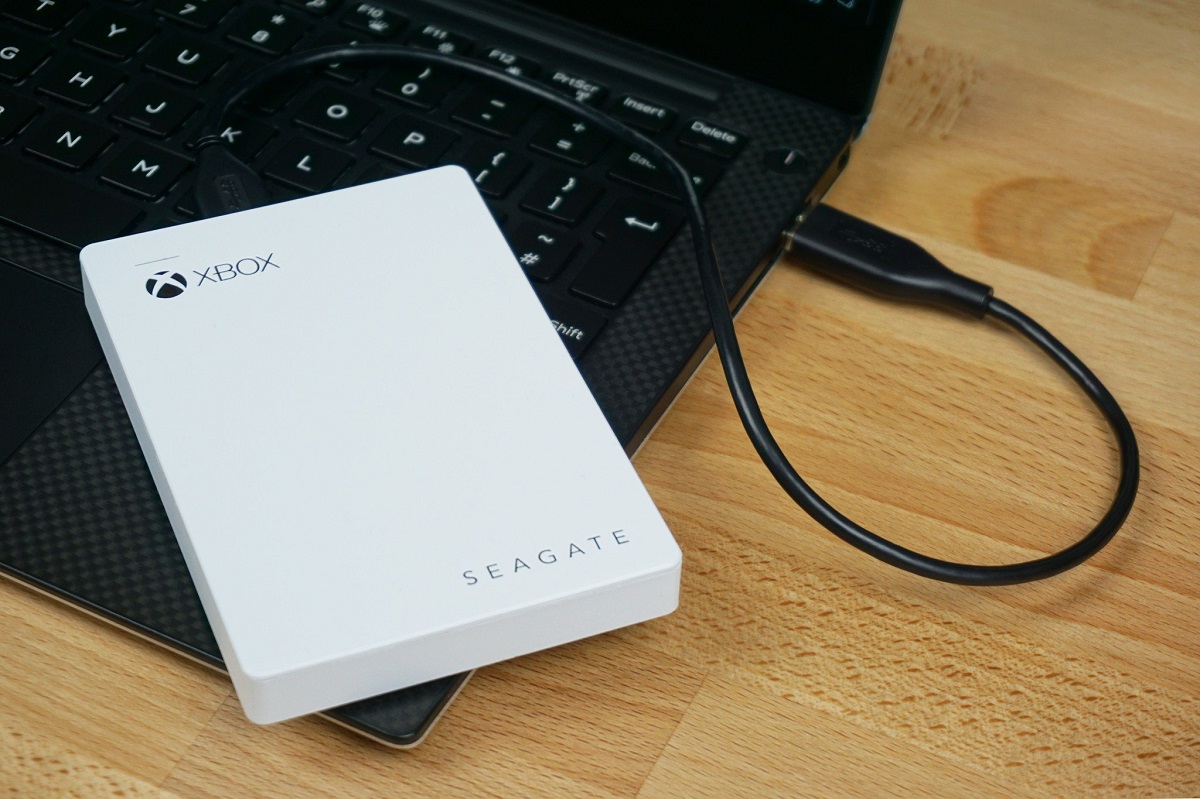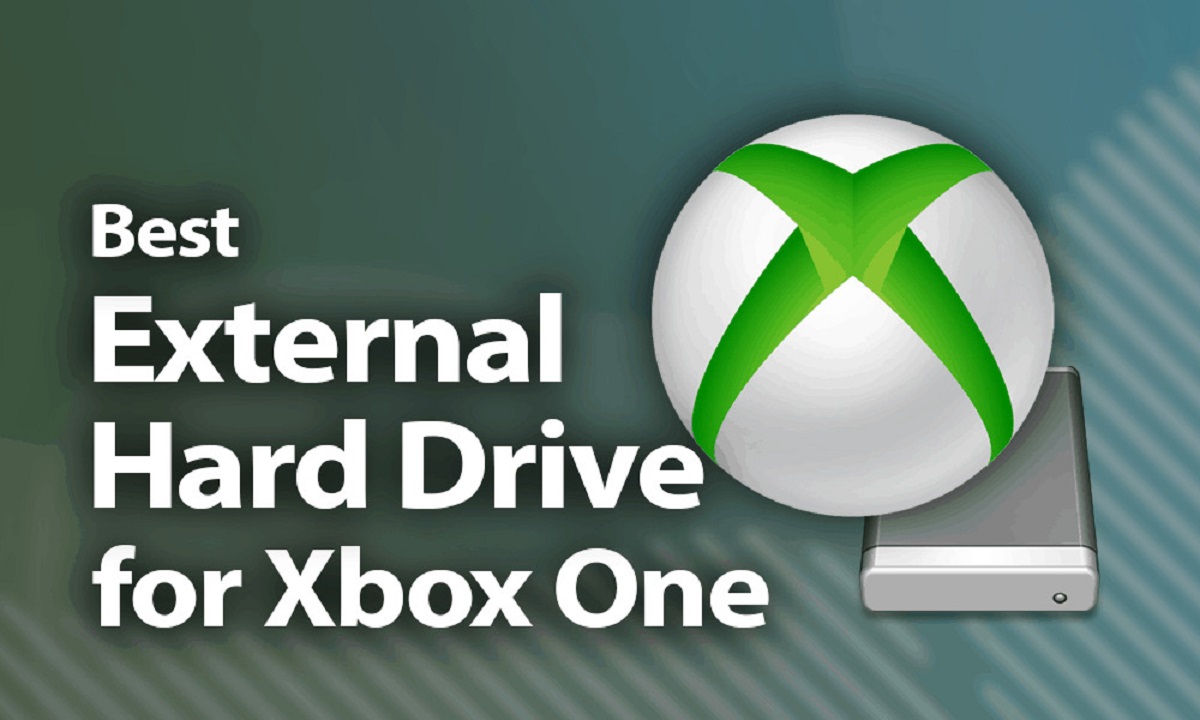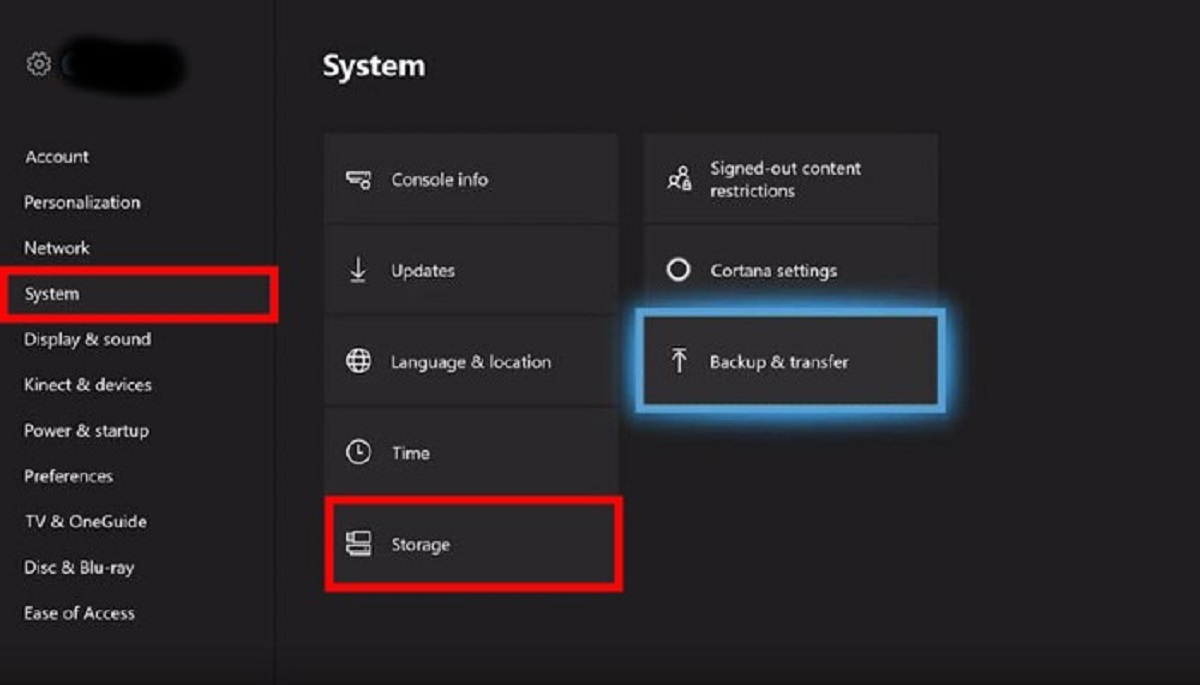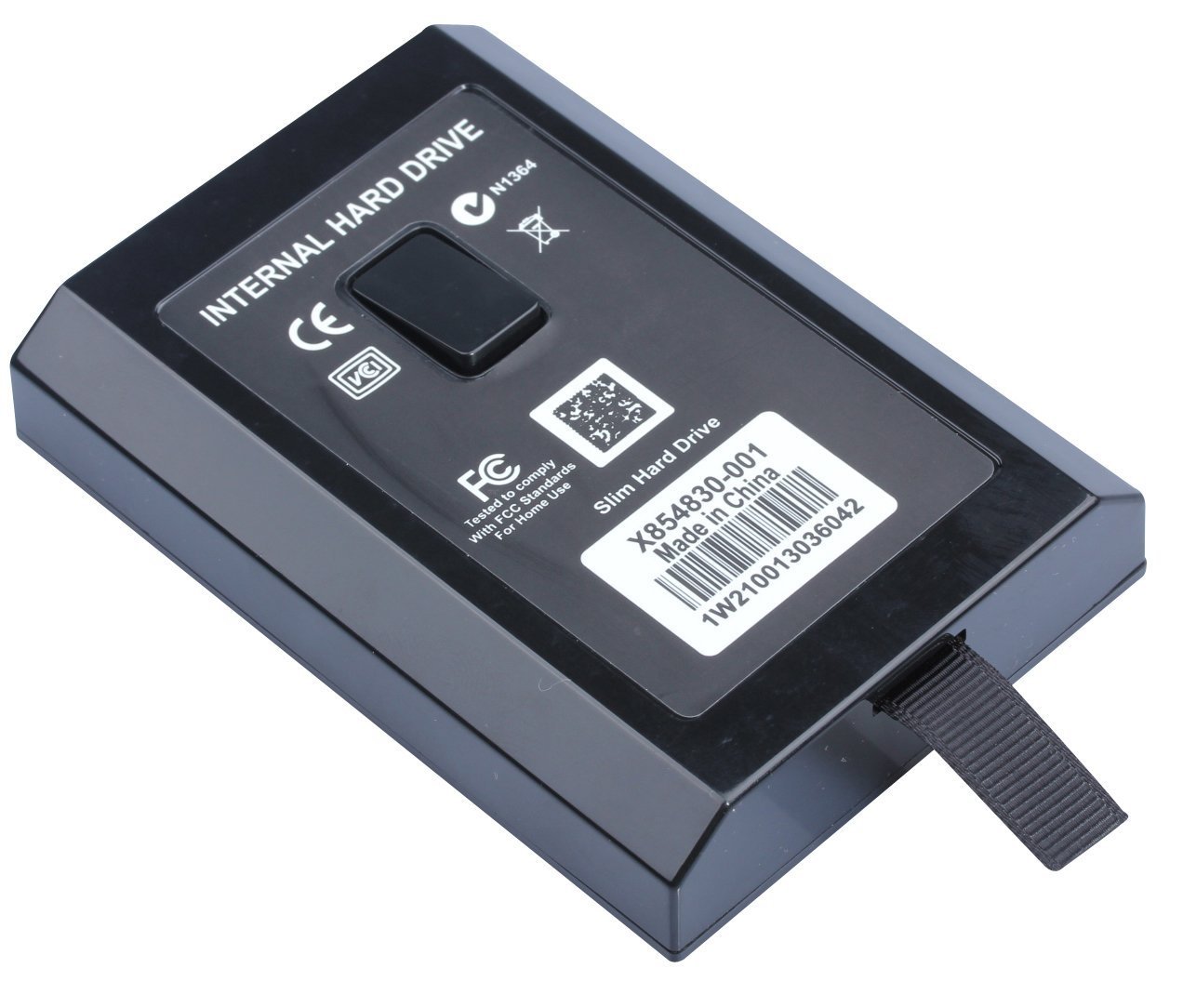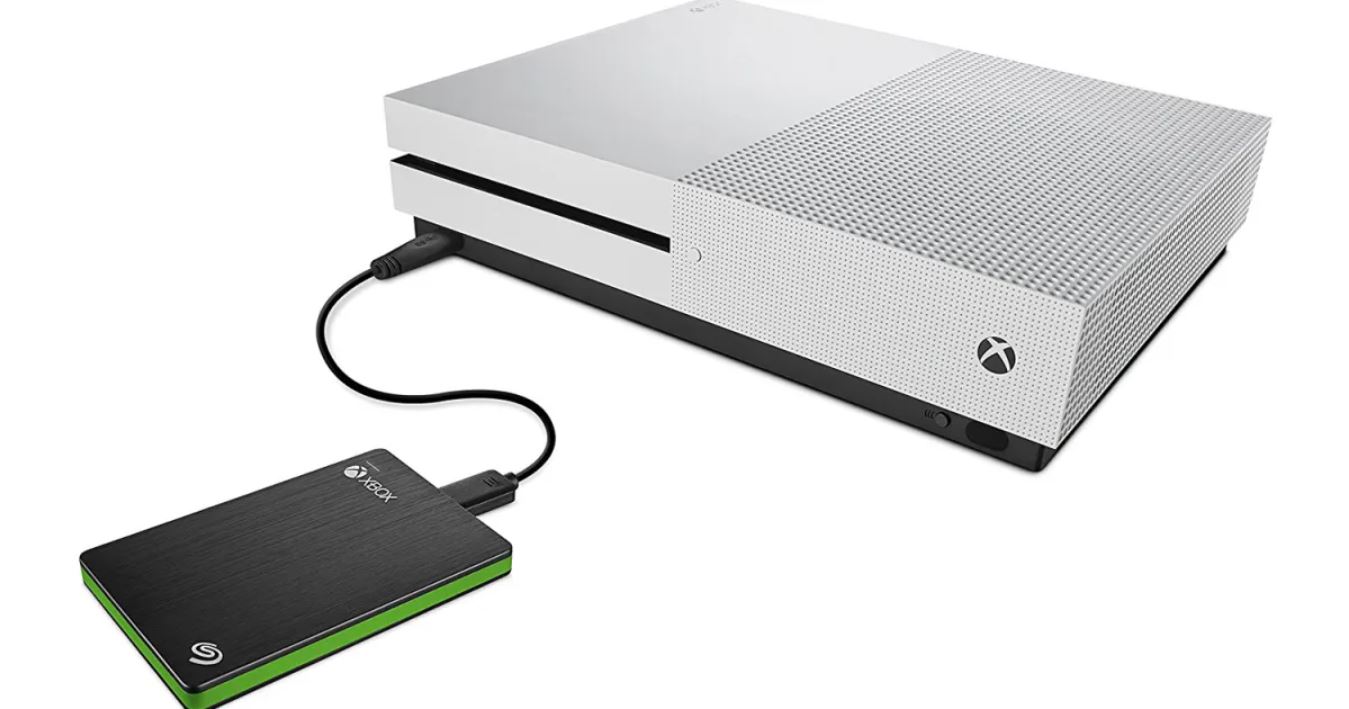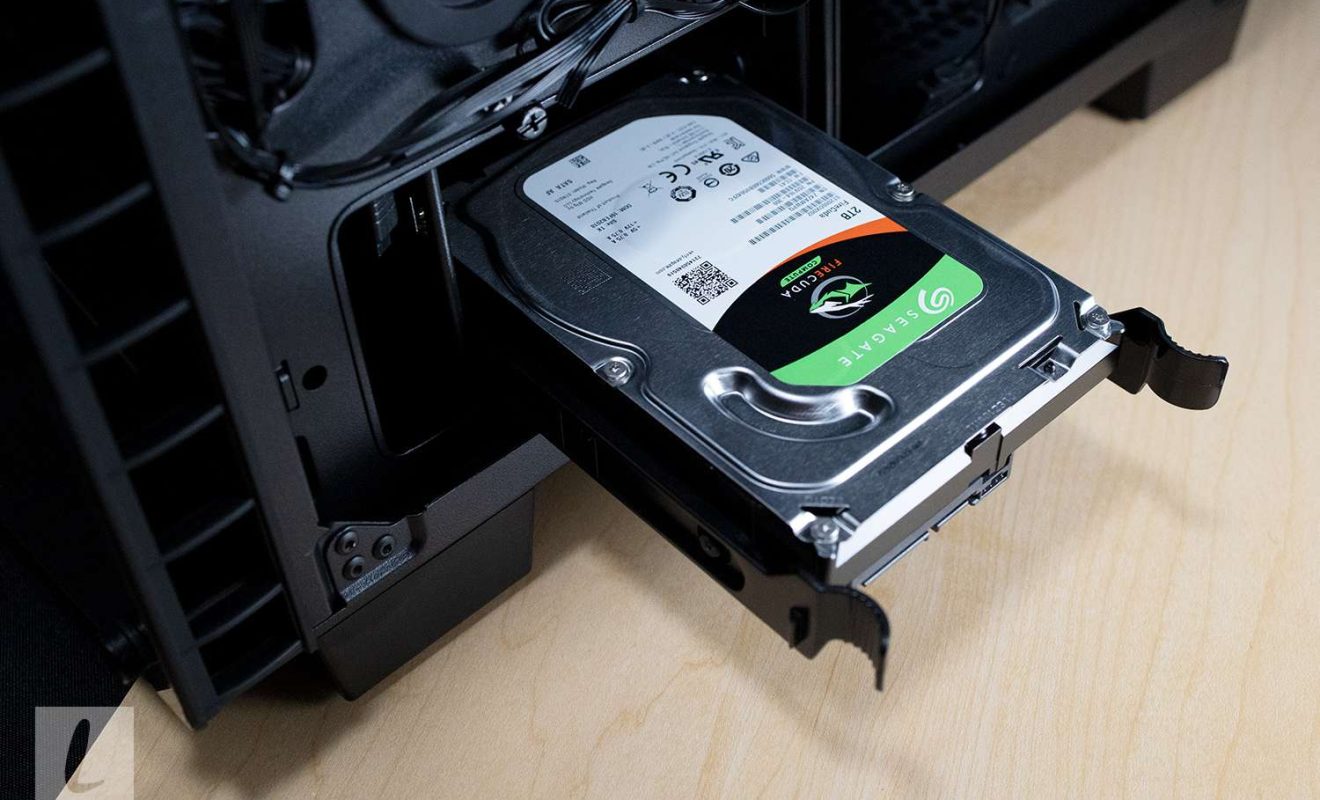Introduction
Welcome to the guide on troubleshooting the compatibility issues that can arise when using an external hard drive with your Xbox. Many Xbox owners prefer to expand their storage capacity by connecting an external hard drive, as it allows for storing a larger number of games, apps, and media files. However, sometimes you may encounter difficulties getting your external hard drive to work properly with your Xbox.
External hard drive compatibility issues are not uncommon, but fear not. This guide will walk you through the steps to identify the cause of the problem and provide solutions to get your external hard drive up and running with your Xbox.
Before we dive into troubleshooting, it’s important to understand the compatibility requirements for using an external hard drive with your Xbox. This will help you determine whether your specific hard drive is compatible or if you need to make any adjustments to ensure proper functionality.
We will cover various potential solutions, including checking the power source, inspecting the USB connection, formatting the external hard drive, updating the Xbox system software, and troubleshooting hardware issues. By following these steps, you’ll increase your chances of resolving any issues and enjoying the benefits of expanded storage capacity.
So, let’s get started and explore the world of troubleshooting external hard drive compatibility issues with your Xbox!
Understanding the Compatibility Requirements
Using an external hard drive with your Xbox requires careful consideration of certain compatibility requirements. These requirements include the hard drive’s format, storage capacity limits, and power specifications.
The first aspect to consider is the format of the external hard drive. Xbox consoles support two main file systems: NTFS and FAT32. While both formats are compatible, NTFS is the recommended format as it supports larger file sizes and offers better performance. If your external hard drive is formatted in a different format, you may need to reformat it to NTFS to ensure compatibility.
Another factor to bear in mind is the storage capacity limit. Xbox consoles support external hard drives with a capacity of up to 16TB. However, it’s worth noting that not all external hard drives are available in such large capacities. Be sure to check the specifications of your hard drive to ensure it falls within the supported capacity range.
Power specifications are crucial to consider as well. When connecting an external hard drive to your Xbox, it’s important to verify whether the hard drive requires external power or if it can draw power solely from the USB connection. Some larger capacity drives may require an external power source, so be sure to check the power requirements of your hard drive and ensure that it is met.
By understanding these compatibility requirements, you can properly assess whether your external hard drive is suitable for use with your Xbox. If any of these requirements are not met, it may result in issues with the functionality of the hard drive and prevent it from working correctly.
Now that we have a good understanding of the compatibility requirements, let’s move on to the next step in troubleshooting: checking the power source.
Checking the Power Source
When experiencing issues with your external hard drive on Xbox, the first step is to check the power source. A reliable power source is essential for the proper functioning of the hard drive. Here are a few things you can do to ensure that the power source is not causing the problem.
1. Verify the power connection: Start by checking if the power cord of your external hard drive is securely connected to both the drive and the power outlet. Sometimes, a loose connection can cause power interruptions, leading to issues with the hard drive’s functionality. Make sure the power cord is firmly inserted into the drive and that the outlet is functioning correctly.
2. Ensure adequate power supply: Some external hard drives require more power than what the Xbox can provide through the USB port alone. In such cases, using a separate power adapter or a USB hub with additional power supply may be necessary. Check the specifications of your hard drive to see if it requires an external power source, and ensure that it is connected properly.
3. Try a different power source: If you suspect a power issue, try connecting the external hard drive to a different power outlet or USB port on the Xbox. This will help determine if the problem lies with the power source or if there is an internal issue with the hard drive itself.
If after following these steps, you find that the power source is not the cause of the problem, move on to the next troubleshooting step: inspecting the USB connection.
Remember, a stable power source is crucial for the proper functioning of your external hard drive. By ensuring that the power connection is secure and adequate, you can eliminate any power-related issues and move closer to resolving the compatibility problems with your Xbox.
Inspecting the USB Connection
Issues with the USB connection between your external hard drive and the Xbox can often cause compatibility problems. Therefore, it’s crucial to inspect the USB connection to ensure it is functioning correctly. Here are a few steps to help you diagnose and resolve any USB connection-related issues.
1. Check for physical damage: Begin by examining the USB cable for any signs of physical damage, such as frayed wires or bent pins. If you find any damage, it’s recommended to replace the cable with a new one to ensure a proper connection.
2. Clean the USB ports: Dust, debris, and dirt can accumulate in the USB ports, hindering the connection. Use a can of compressed air or a soft brush to clean out any debris from both the USB port on the Xbox and the USB connector on the external hard drive.
3. Try a different USB port: Sometimes, the USB port you’re using may be causing the issue. Try connecting the external hard drive to a different USB port on the Xbox to see if it establishes a stable connection. This helps determine if the problem lies with the USB port or if it’s specific to the external hard drive.
4. Test with another device: To isolate the issue, connect the external hard drive to a different device, such as a computer or another gaming console, using the same USB cable. If the drive works properly on another device, it suggests that the problem may be with the Xbox’s USB ports or settings.
If none of these steps resolve the USB connection issue, you should consider formatting the external hard drive, as this can often solve compatibility problems. We will cover this step in the next section of the troubleshooting process.
Remember, a stable and properly functioning USB connection is essential for your external hard drive to work seamlessly with your Xbox. By inspecting and resolving any USB connection issues, you’ll be one step closer to resolving compatibility problems and enjoying expanded storage on your Xbox.
Formatting the External Hard Drive
Formatting your external hard drive to the correct file system can often resolve compatibility issues with your Xbox. Here’s how you can format the external hard drive:
1. Back up your data: Before formatting the external hard drive, be sure to back up any important data stored on it. Formatting will erase all the data on the drive, so it’s essential to make a copy of any files you want to keep.
2. Connect the hard drive to a computer: To format the external hard drive, connect it to a computer using the appropriate USB cable. Ensure that the computer recognizes the drive and assigns it a drive letter.
3. Open Disk Management: On a Windows computer, you can access Disk Management by right-clicking on the Start menu and selecting “Disk Management” from the menu. This utility allows you to manage storage devices connected to your computer.
4. Select the external hard drive: In Disk Management, locate the external hard drive from the list of available drives. Right-click on the drive and select “Format” from the context menu.
5. Choose the file system: In the Format window, select the desired file system for your Xbox. As mentioned earlier, the recommended file system is NTFS, as it supports larger file sizes and offers better performance. If the drive is currently formatted in a different file system, you can select NTFS or another compatible file system supported by Xbox.
6. Start the formatting process: Once you have selected the desired file system, click on the “Format” button to start the formatting process. Be aware that this process will erase all the data on the drive, so ensure you have successfully backed up any important files before proceeding.
7. Wait for the formatting to complete: The formatting process may take a few minutes or longer, depending on the size of the drive. Once the process is complete, you will receive a notification confirming the successful formatting of the drive.
After formatting the external hard drive to the correct file system, connect it back to your Xbox and check if the compatibility issues have been resolved. If the problem persists, consider updating the Xbox system software, which we will cover in the next section of the troubleshooting guide.
Remember, formatting your external hard drive to the appropriate file system can often resolve compatibility issues with your Xbox. Ensure you have a backup of your data and follow the steps carefully to avoid any potential data loss.
Updating the Xbox System Software
If you’re still experiencing compatibility issues with your external hard drive on your Xbox, updating the Xbox system software might resolve the problem. Xbox regularly releases updates that address various issues and improve system performance. Here’s how you can update the system software:
1. Connect to the internet: Ensure that your Xbox is connected to the internet. You can connect via Ethernet or Wi-Fi, depending on your network setup.
2. Access the settings menu: From the Xbox dashboard, navigate to the “Settings” tab. This is represented by a gear icon.
3. Go to System > Updates: In the Settings menu, select “System” and then navigate to “Updates.”
4. Check for updates: In the Updates menu, select “Check for updates.” The Xbox will then search for the latest system software updates available.
5. Download and install updates: If an update is available, follow the prompts to download and install it. Make sure you have a stable internet connection to ensure a successful update process.
6. Restart your Xbox: After the update is complete, the Xbox may prompt you to restart the system. Follow the instructions to restart the console.
By updating the Xbox system software, you ensure that your console has the latest features and improvements, which can help resolve compatibility issues with external devices, including your hard drive.
Once the system software update is complete, reconnect your external hard drive to see if the compatibility problems have been resolved. If the issue persists, it’s time to delve deeper and troubleshoot any potential hardware issues, which we will cover in the next section.
Remember, regularly updating your Xbox system software not only helps resolve compatibility issues but also ensures you have access to the latest features and performance improvements.
Troubleshooting Hardware Issues
If you’ve reached this step and are still experiencing compatibility problems with your external hard drive on your Xbox, it’s time to troubleshoot potential hardware issues. Here are some steps you can take to diagnose and address hardware-related problems:
1. Test the hard drive on another device: Connect your external hard drive to a different device, such as a computer or another gaming console, to see if it works correctly. If it doesn’t, it suggests that the issue may lie with the hard drive itself. In this case, you may need to consider replacing the hard drive or seeking professional assistance.
2. Test a different external hard drive or USB device on your Xbox: To isolate the problem, try connecting a different external hard drive or USB device to your Xbox. If the other device works without any issues, it indicates that the problem is specific to your original external hard drive. Consider contacting the manufacturer for support or troubleshooting steps.
3. Check for controller or USB port issues: Sometimes, issues with the controller or the Xbox’s USB ports can affect the functioning of external hard drives. Try connecting your external hard drive to a different USB port or using a different controller to see if the problem persists. If the hard drive works fine with alternate USB ports or controllers, it suggests that the original controller or USB port may be causing the issue.
4. Consider a firmware update for the hard drive: Check if there are any firmware updates available for your external hard drive. Visit the manufacturer’s website or contact their support for instructions on updating the firmware. Firmware updates can address compatibility issues and improve the performance of the hard drive.
If none of these steps resolve the compatibility problems with your external hard drive, it’s recommended to reach out to Microsoft support or consult a professional technician who specializes in console repairs and troubleshooting. They may be able to provide further insights and assistance in resolving the issue.
Remember, troubleshooting hardware issues can be complex and may require additional expertise. Ensure you follow the necessary steps carefully and seek professional help if needed.
Conclusion
Dealing with compatibility issues when using an external hard drive with your Xbox can be frustrating, but with the right troubleshooting steps, you can overcome these challenges. In this guide, we covered various aspects of troubleshooting, including understanding compatibility requirements, checking the power source, inspecting the USB connection, formatting the external hard drive, updating the Xbox system software, and troubleshooting hardware issues.
Understanding the compatibility requirements, such as the file system, storage capacity limits, and power specifications, is crucial before connecting an external hard drive to your Xbox. Ensuring a stable power source and inspecting the USB connection are essential steps in troubleshooting compatibility problems. Formatting the external hard drive to the correct file system and keeping the Xbox system software updated can often resolve many compatibility issues.
If the above steps don’t resolve the problem, it may be necessary to troubleshoot hardware issues or seek professional assistance. Testing the hard drive on another device, checking for controller or USB port issues, and considering firmware updates are some of the steps you can take when facing hardware-related compatibility problems.
It’s important to remember that troubleshooting compatibility issues can be a process of trial and error. Be patient and follow the steps carefully to determine the cause of the problem and apply the appropriate solutions.
If you’ve tried all the troubleshooting steps and are still experiencing compatibility issues, it’s recommended to reach out to Microsoft Support or consult a professional technician for further assistance.
We hope this guide has provided you with valuable insights and solutions to troubleshoot compatibility issues with your external hard drive on your Xbox. By following these steps, you can enhance your gaming experience with expanded storage and uninterrupted gameplay.







